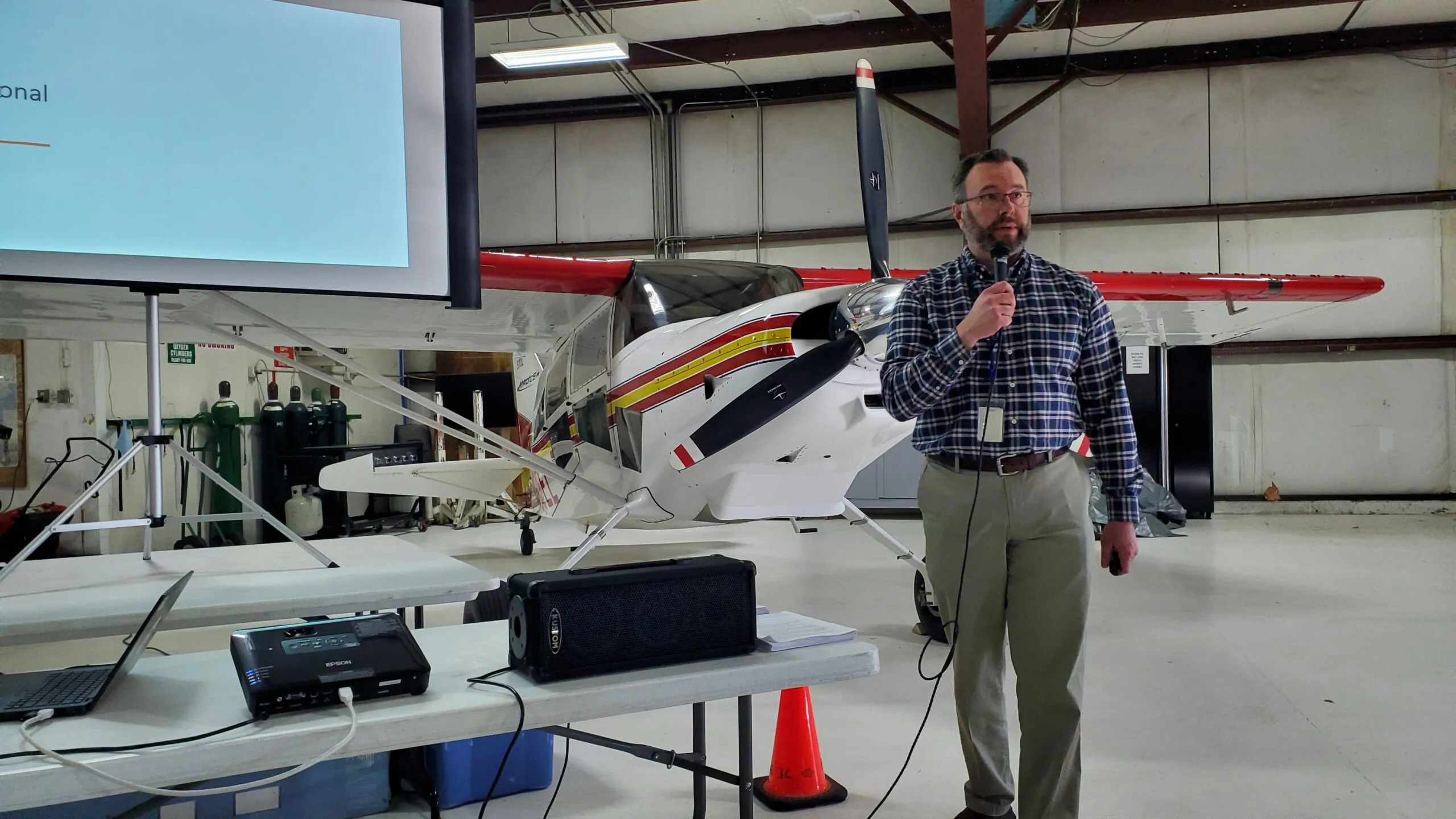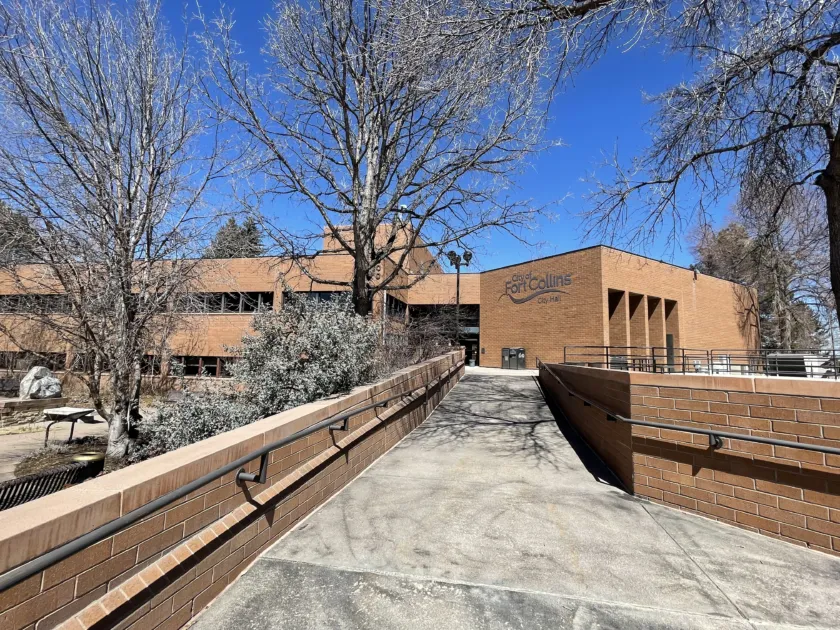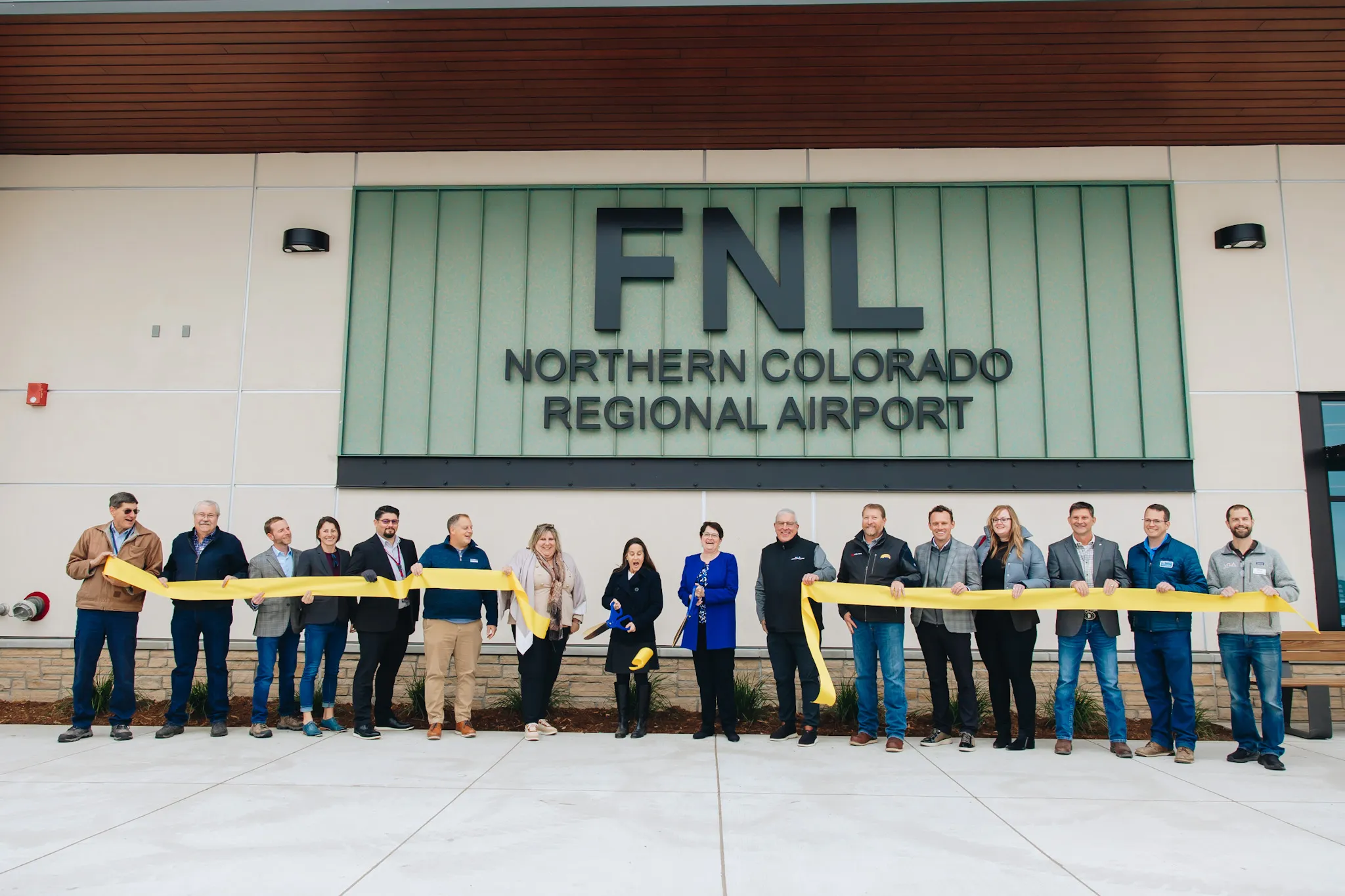Northern Colorado airport plane owners search for alternatives to eviction

LOVELAND — The governing commission of Northern Colorado Regional Airport may hear some proposals next week for ways to give owners of general-aviation aircraft more time to find ways to keep their planes sheltered instead of being evicted this spring and summer.
Richard “Rick” Turley, acting simply as a self-described “annoyed hangar resident” and not as a member of the FNL Pilots Association, told a crowded town hall meeting Thursday at the airport’s jetCenter hangar that he wanted to present alternative ideas to the commission at its next meeting. That panel, at a special meeting March 2 that was called with…
THIS ARTICLE IS FOR SUBSCRIBERS ONLY
Continue reading for less than $3 per week!
Get a month of award-winning local business news, trends and insights
Access award-winning content today!





